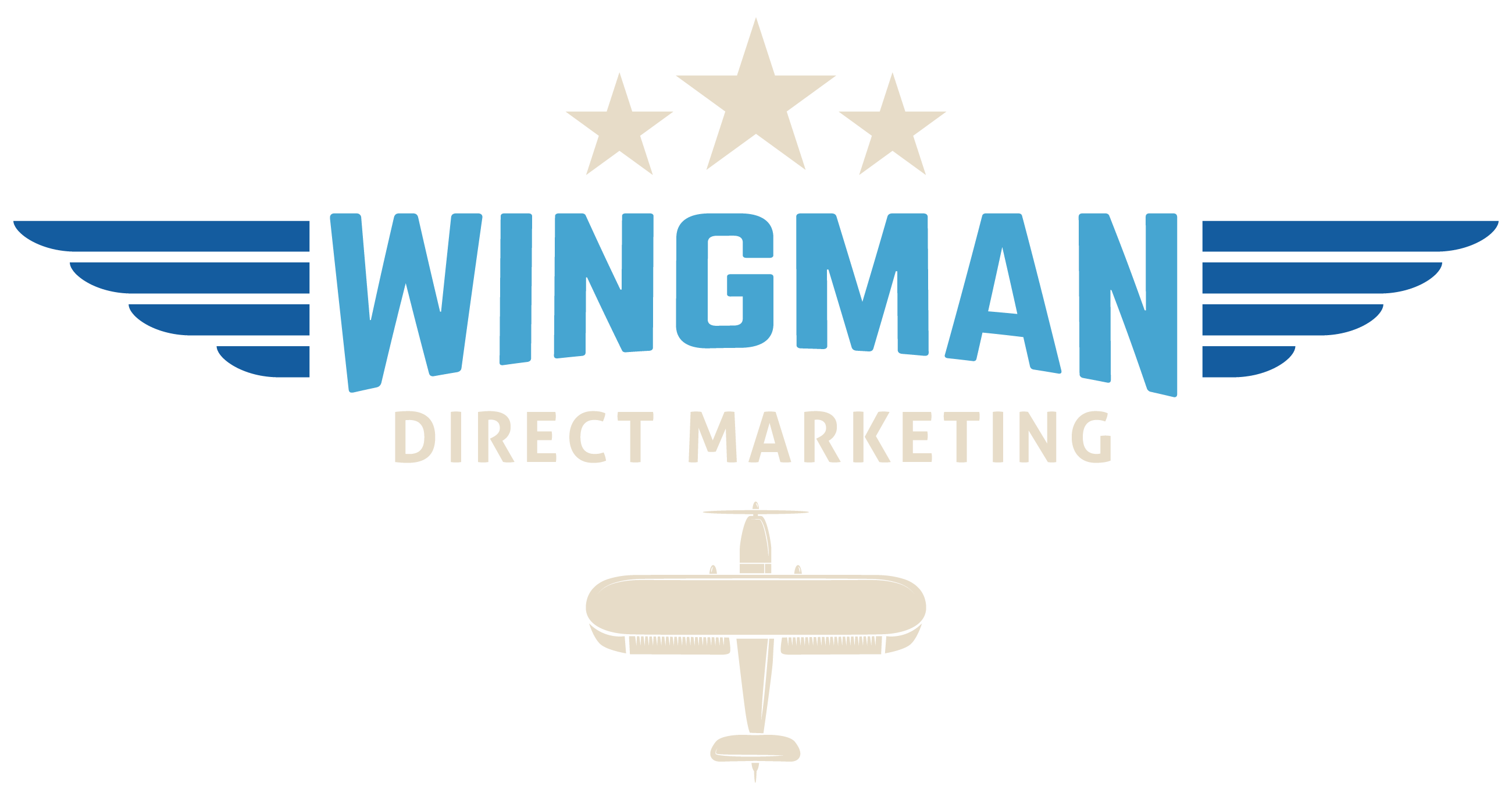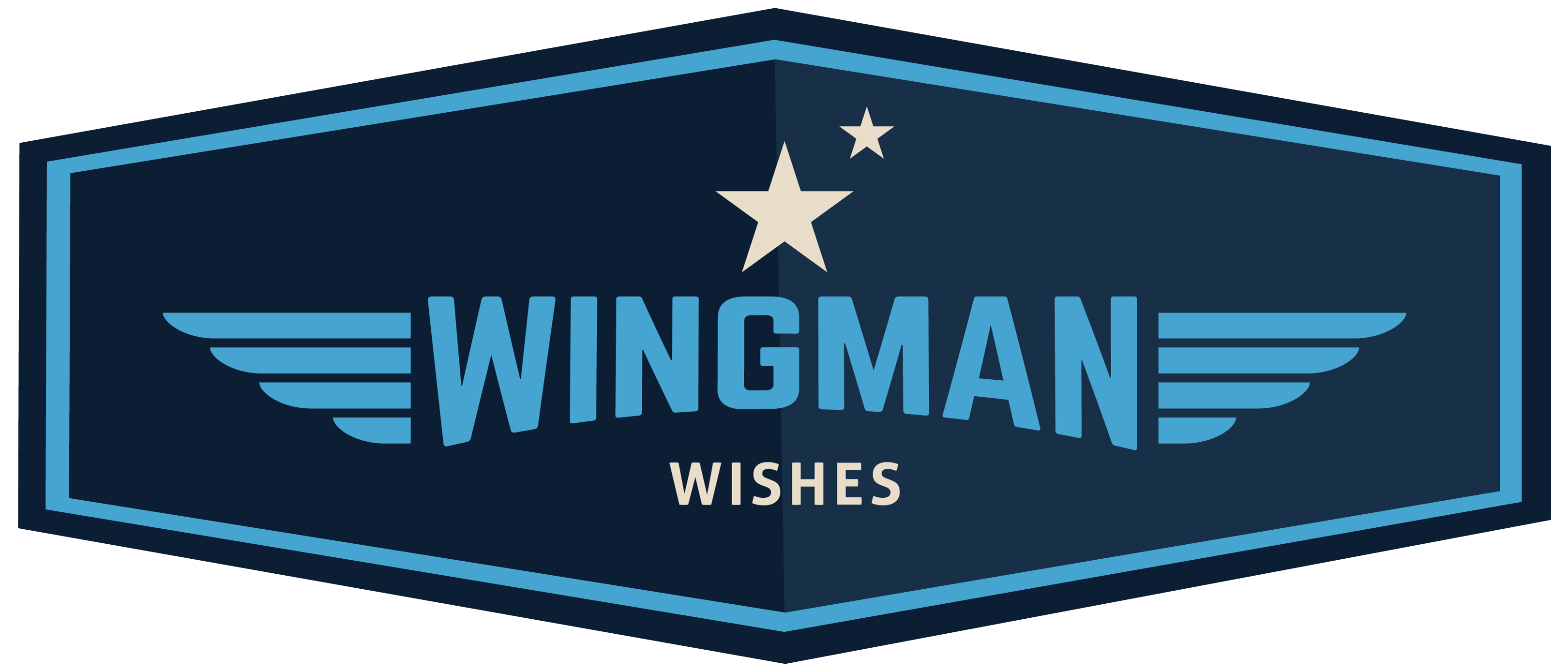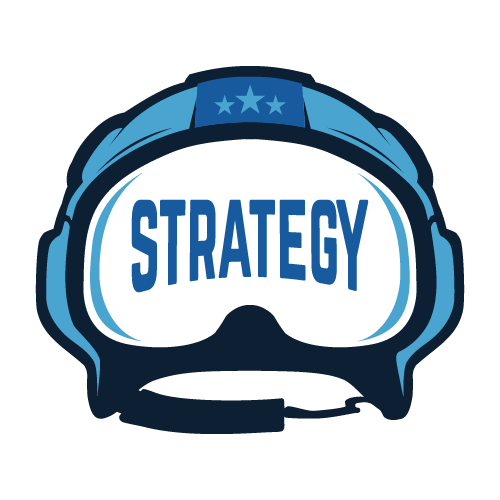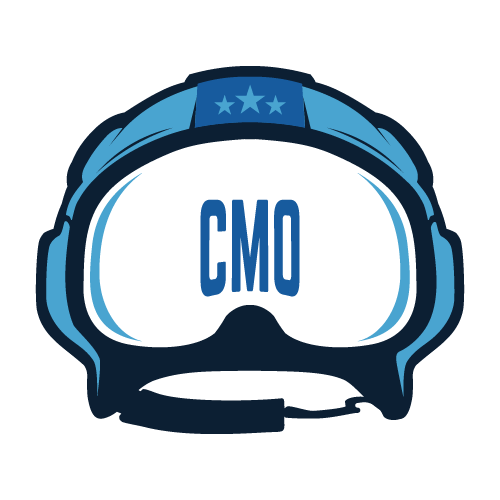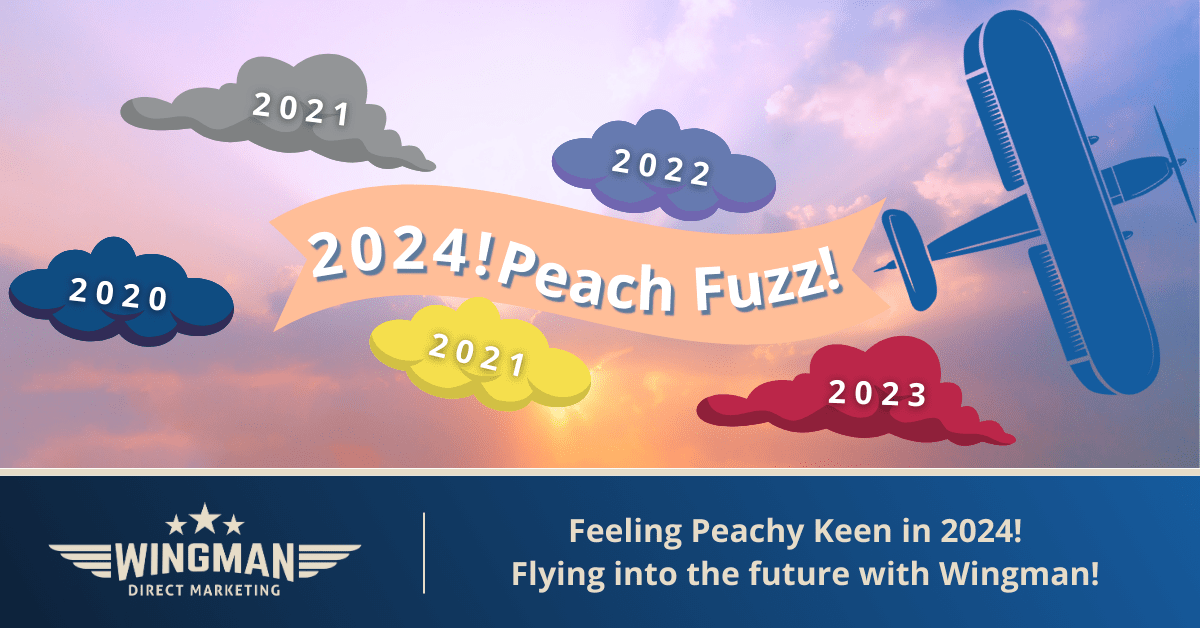Since the new year is almost upon us [and 2021 can’t end soon enough, eh? 😉 ], we at Wingman thought we would itemize a few of the more common marketing budget strategies to assist you in getting your 2022 marketing budget in order. If 2021 taught us anything, it is to plan ahead but to plan nimbly. Changes are almost an inevitable part of business – and marketing in particular.
As a marketing strategy agency, Wingman regularly advises clients and prospects on numerous tactics and channels to use to maximize their results. Each marketing budget strategy has its own unique impacts on cost, time and quality. And yet, cost – or more specifically overall marketing budget – is the single question we get asked about the most. The question of how much money to invest on marketing is a tough one to answer (but we’ll give it a shot). There are numerous schools of thought on this topic.
Before we start, it’s important to remember that even the most accurate of marketing budgets is still just an estimate. Your actual spend will often be way off from your budget. And…that’s okay. The real benefit isn’t about accuracy; simply having a marketing budget gives you a starting point.
Wingman has compiled eight (plus a bonus) ways to structure your marketing budget for 2021. Here they are:
1. How much can you afford?
In its simplest form, you allocate every last cent you have available after operations costs (and possibly feeding your family) to building awareness and leading prospects down your sales funnel. Proponents of this marketing budget method will say that it helps grow your business quickly, and that you can worry about other things once you’re firmly established in the marketplace. If you choose to use this model, make sure you understand the risks you’re taking.
- Advantages: Quick growth is very possible using this method. Its simplicity to understand is also a benefit.
- Disadvantages: If you are even the slightest bit risk averse, this is not the method for you. Need for significant financial support is often a key requirement to counter the riskiness of this method.
2. Cost of Acquisition (COA) X Desired Growth
If you have a specific number of new customers as your goal – perhaps you have a maximum capacity or a minimum profit threshold – this method can be scaled easily to meet your objective. You do need to gather a lot of information to implement properly. What is your COA? How many customers can you safely onboard and still fulfill adequately? Multiply those two figures together and you have your marketing budget. (Eg. Your determined new customer objective is 500. Your average COA is $150. Your needed marketing budget is $75,000.)
- Advantages: Accuracy and scalability.
- Disadvantages: Trial and error in determining your COA. To make this method work you need accurate inputs. This marketing budget method is all about acquisition and does not factor in brand nor awareness development.
3a. Percentage of Revenue (POR)
What was your revenue this year? What do you project it to be next year? This method works by taking a fixed percentage of your revenues and allocating that amount for marketing. Clearly a 2022 budget that follows this formula after the 2020 and 2021 we had will need to be tweaked somewhat. What should that fixed percentage be? The BDC suggests small businesses spend anywhere from 2-5% of their revenues on marketing (not including staffing) with an estimated 8% median average spend by this group in 2018. If your business is a startup, Wingman recommends closer to the 10-12% range. You might have the best product offering but if no one knows about it, you won’t sell any of it.
- Advantages: The math is simple.
- Disadvantages: Trial and error to determine your business’ sweet spot percentage rate. In addition, revenue is a highly volatile number, so this method can lead to inaccuracies. This method also doesn’t take into consideration profit margins, catastrophes nor revenue surges.
3b. Percentage of Sales (POS)
Like POR, this method determines your marketing budget as a percentage of your sales. As with POR, this method will take a lot of trial and error to find the percentage that works for your business.
- Advantages: Like POR, the math is simple and easy to communicate throughout your organization.
- Disadvantages: It’s a broad generalization that, like POR, can lead to inaccuracies.
4. Free Marketing
Wingman doesn’t think it’s possible to launch a company without spending any money at all on marketing, but there are still a ton of tactics that toe the line of free. It’s important to note that free marketing comes at a cost – time. Your time. If you can’t/won’t spend money, be prepared to spend time. A lot of it.
- Advantages: It’s free (duh!) [and just like that, your budgeting exercise is complete. 😊].
- Disadvantages: In your company, you do whatever it is you do best. You are not a marketing expert (unless that is what your business does of course). Using this method, you will spend a lot of your precious time doing marketing. And, this is valuable time you should be spending doing what you do best.
5. No Marketing Budget (like, at all)
It is scary to us at Wingman how often we hear from small businesses that they don’t have any method of marketing planning nor budgeting at all. Is it because they need to spend the absolute minimum amount possible to eke out the maximum returns they can? Sometimes. Are they working so hard “in” the business, they don’t allocate appropriate time “at” the business forecasting and budgeting and planning? Sometimes. Start-ups are often faced with this reality. What they don’t realize is how much they are missing by allocating even a small amount of time and energy to planning their awareness and leads development budget. What we see as a positive in speaking with many using this method is that they ask Wingman how we can assist them to structure a marketing plan and budget for their business. They, at the bare minimum, do in fact realize the short-sightedness of not putting proper targets and budgets in place.
6. Percentage of Market Share (POM)
Similar to POR and POS, the POM method uses a simple calculation to provide you a relatively accurate budget. But also similar to POR and POS, accurate inputs are mandatory for accuracy of result. Once you have market understanding and marketing spend by those within it, you can set a target percentage of market sales, volumes, etc. as your budget. You end up with a number that is a rough estimate of how much you’ll need to spend to gain or hold onto your target market share.
- Advantages: This method is relatively accurate if you have good data to start with. It can also be easier to estimate the total market expenditure than that of a single competitor.
- Disadvantages: It may prove tough depending on your industry to get good initial data.
7. Dartboard Budget
Pick a dollar amount for your marketing spend and work with that number. Then, spend the money on as many tactics as possible to meet your objectives, hoping there is enough. This method involves going through some degree of thoughtful process to determine how much income should be directed toward marketing-related activities.
- Advantages: Quick. Easy. Decisive.
- Disadvantages: Not very realistic.
8. Objective(s)-oriented Budgeting
This method starts out with you setting your objectives, planning out the tasks required to complete your objectives, and then estimating the cost for all those tasks.
- Advantages: You can easily tailor it to what’s important to your company. It can also be changed as your priorities change. It’s a solid way to determine your budget.
- Disadvantages: You need to have a clear understanding of what objectives are important to your company, and the ability to link them with tasks. Oh, and lots of math needed.
Bonus marketing budget method:
If you have established budgets via any of these methods in the previous year(s), and you want to get a head start on 2022, you can always use what we have heard called the “Groundhog’s Day Budget.” You simply budget next year whatever you spent this year. Budget planning over. Have a latte!
At the end of the day (year), it’s clear that the success of any marketing initiative depends on how well you plan. Implementing marketing best practices in your planning and budgeting processes can help you realize the full potential of your company’s marketing effort. Need help with your planning for the coming year or in developing a 3-year plan? Wingman Direct Marketing has your back. Book a Wingman today. You don’t have to fly solo.
